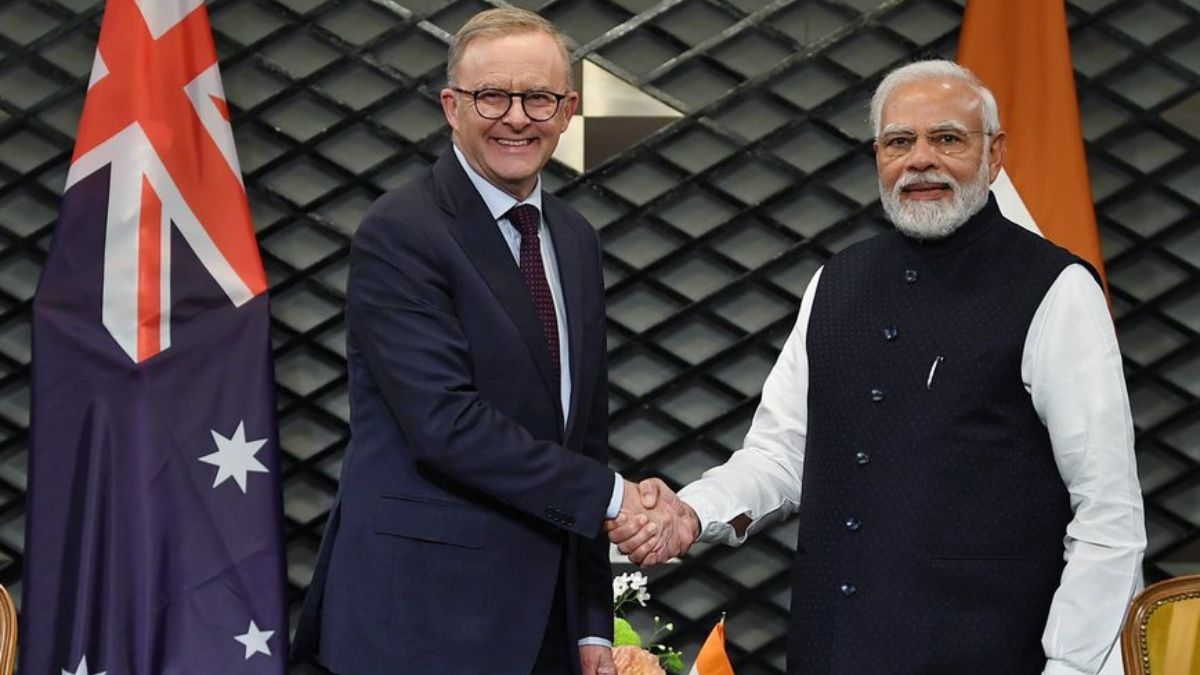As it happened: Aussie share market closes lower on reports of Israeli strike on Iranian territory

- by Admin
- April 18, 2024
Reporters from Reuters have done a whip-around of members of the US Federal Reserve to gauge their views on rates, inflation, and jobs.
They report policymakers are “coalescing around the idea” of keeping US rates where they are until “perhaps well into the year,” given the still-strong economy and bumpy progress on inflation.
Fed policymakers next meet April 30-May 1 and are expected to keep the policy rate in the 5.25%-5.5% range.
On Thursday New York Fed President John Williams became the US rate-setter to embrace the “no rush” on rate cuts views articulated by Fed Governor Christopher Waller and since echoed by many of his colleagues.
“I definitely don’t feel urgency to cut interest rates” given the strength of the economy, Williams said at the Semafor’s World Economy Summit in Washington.
“I think eventually…interest rates will need to be lower at some point, but the timing of that is driven by the economy.”
Cleveland Fed President Loretta Mester, in comments late on Wednesday, also said the Fed will likely cut rates “at some point,” steering clear of the later “this year” language she – and Williams – had previously used.
Speaking in Fort Lauderdale, Florida on Thursday, Atlanta Fed President Raphael Bostic offered “the end of the year” as his view of the likely timing for a first rate cut, saying “I’m comfortable being patient.”
Minneapolis Fed President Neel Kashkari told Fox News Channel he also wants to be “patient,” with the first rate cut “potentially” not appropriate until next year, Bloomberg News reported.
As recently as a few weeks ago many policymakers signalled they expected hotter-than-expected inflation in early 2024 would give way to cooler readings in the face of the Fed’s tight monetary policy, necessitating several rate cuts before the end of the year to prevent policy from slowing the economy too much.
But strong growth in jobs, a third-month-in-a-row upside surprise on inflation in March, and robust retail spending among other recent economic indicators have convinced more central bankers that rate cuts ought to wait.
With Fed rhetoric shifting and the labour market data showing few signs of cracks, financial markets have also moved to price in fewer and later rate cuts.
Futures contracts that settle to the Fed’s policy rate now reflect expectations that the first reduction comes in September, versus June just a few weeks ago.
The odds of a second rate cut by the end of the year have dropped to about 50-50, based on the CME FedWatch Tool.
The Latest News
-
November 22, 2024‘Taking a bullet for your country’: Indian rookie’s defiance as Starc shoots down Perth claim
-
November 22, 2024Blink and you’ll miss it: After 17 wickets already, the Perth Test will only speed up from here
-
November 22, 2024India bowlers sow trouble Down Under: What is Australia’s lowest team score in Tests at home? | Sporting News India
-
November 22, 2024Second Australian dies from tainted alcohol in Laos, sixth death reported
-
November 22, 2024‘Boom Boom’ Bumrah puts Australia’s batters on the canvas




